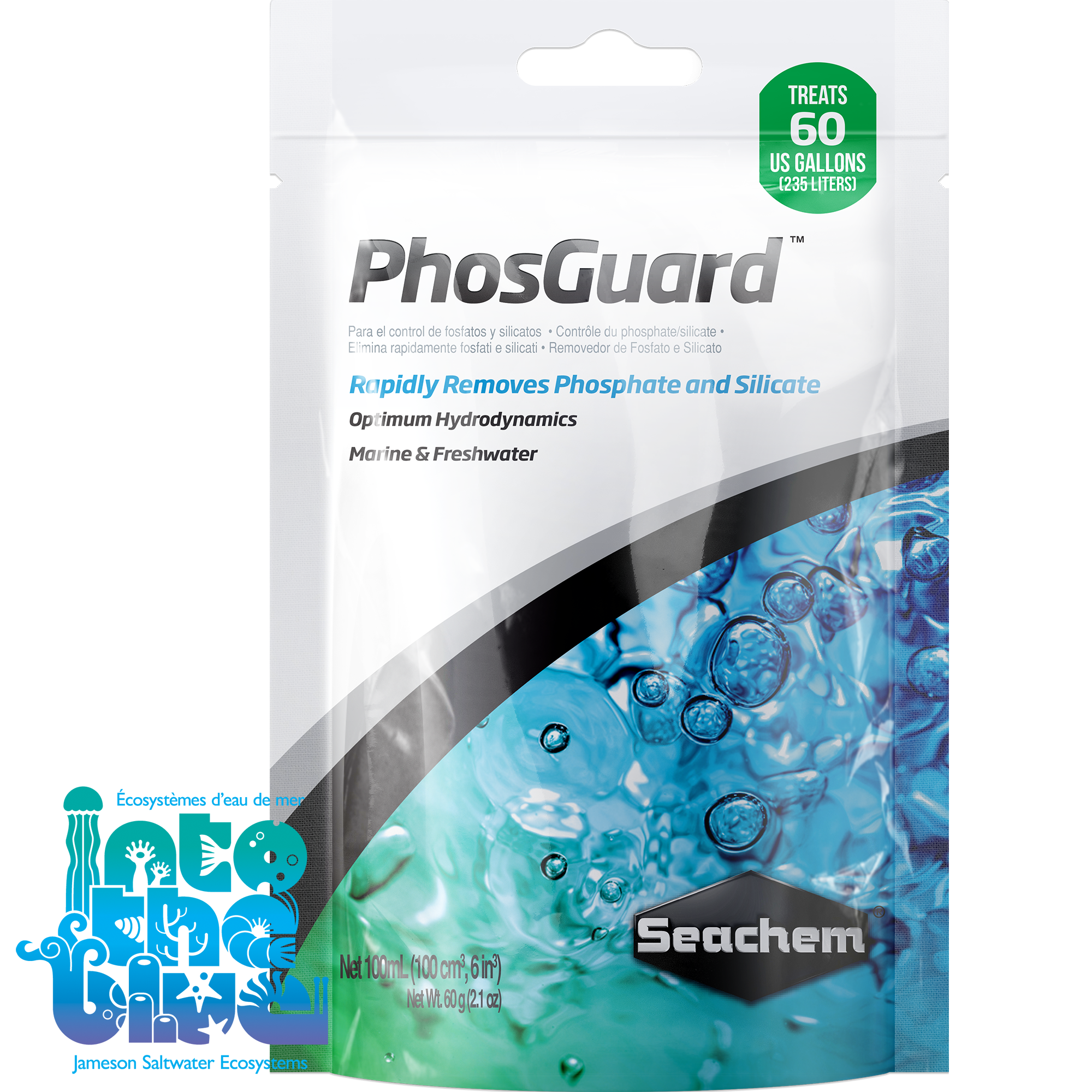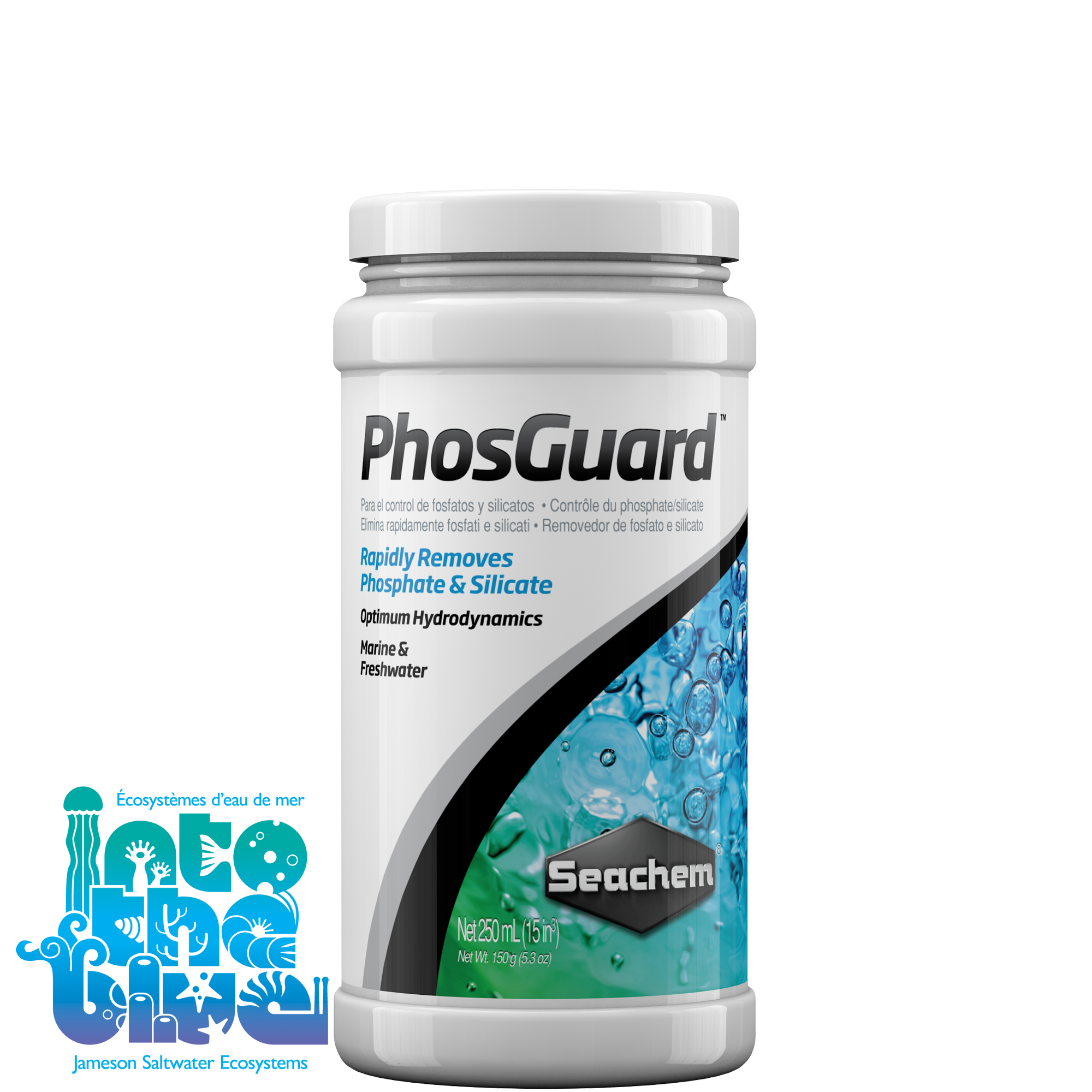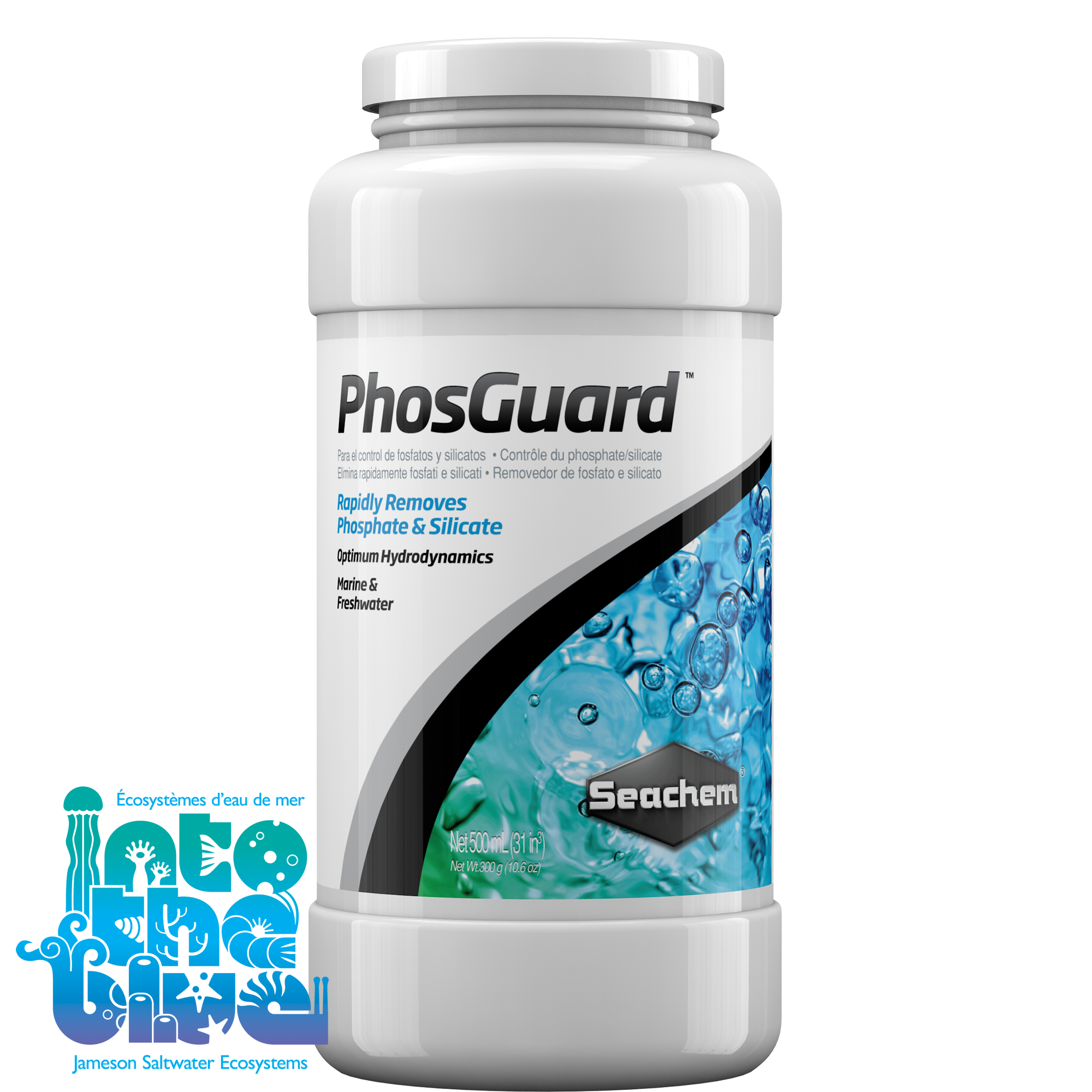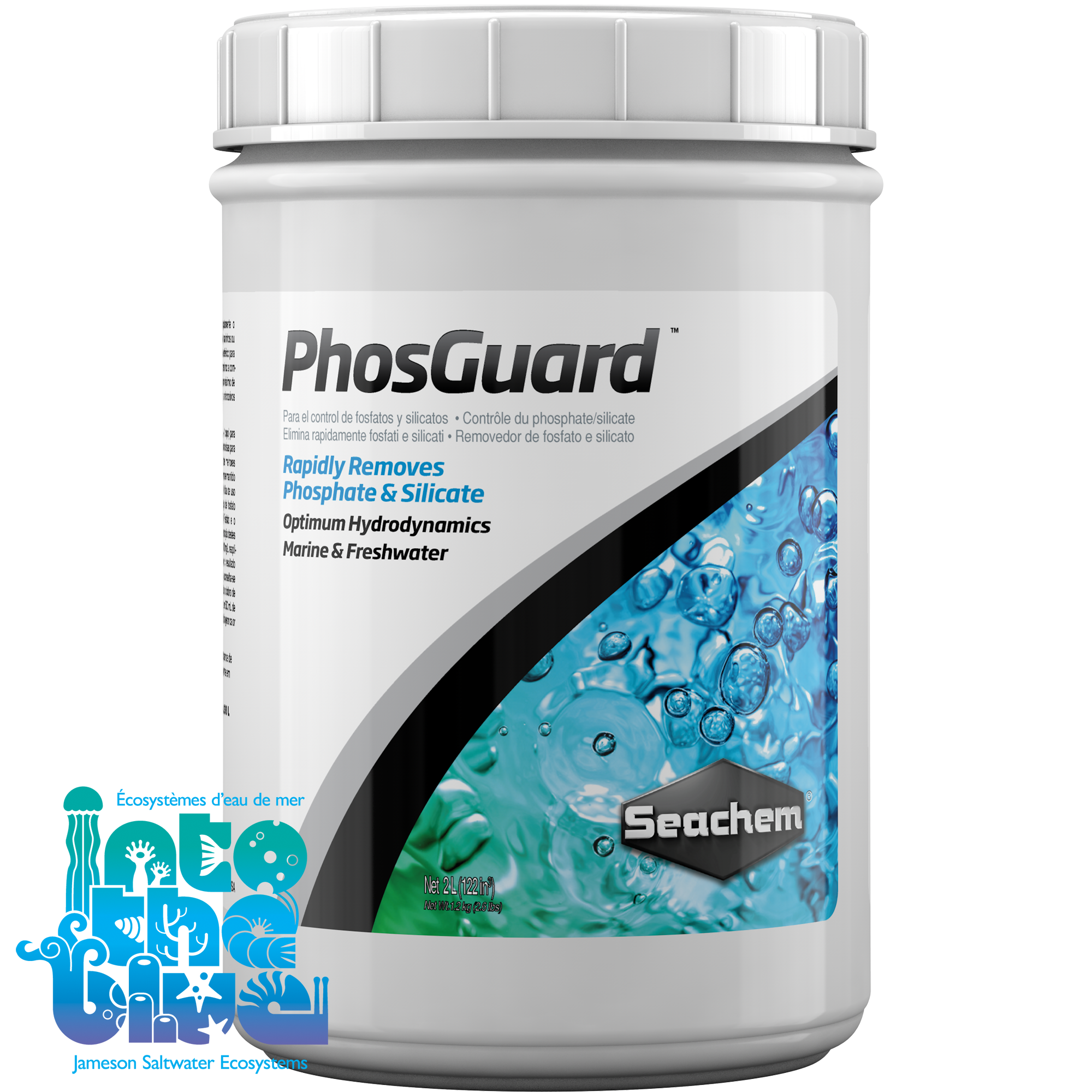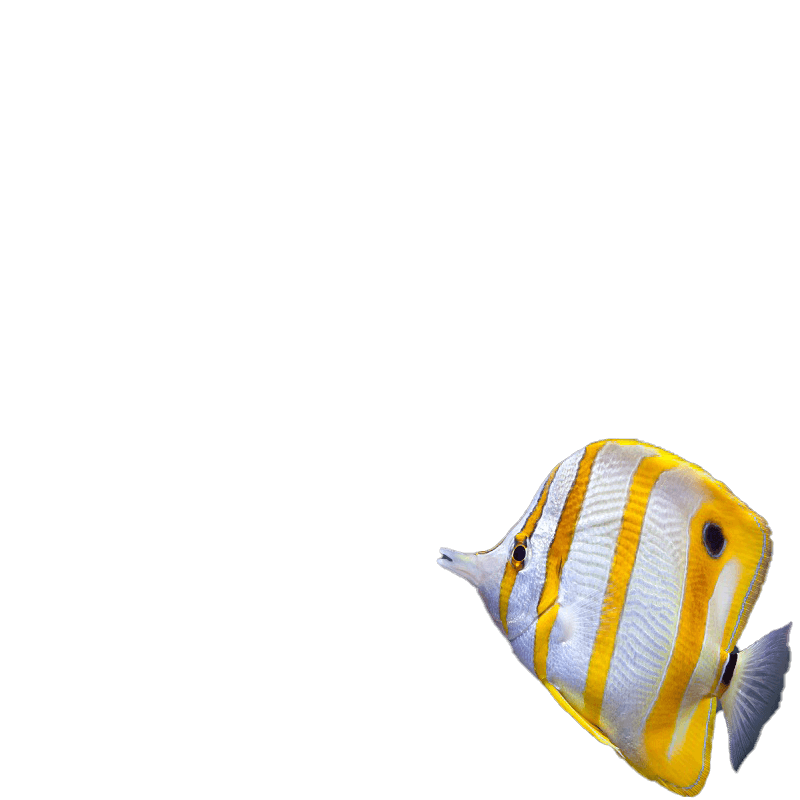Description
PhosGuard
- Removes silicate and phosphate
- Spherical for optimal hydrodynamics
- Irreversible binding
Overview
PhosGuard rapidly removes phosphate and silicate from marine and freshwater aquaria. Although PhosGuard is effective in both fresh and marine water, it will operate better in seawater and the need for it is better defined in seawater. It is not recommended for phosphate buffered freshwater (PhosGuard would remove the buffer until saturated). PhosGuard is highly porous and bead-shaped to promote easy water flow through and around it, thereby increasing both its efficiency and capacity.
Sizes: 100 mL, 250 mL, 500 mL, 1 L, 2 L
Comparing Seachem Phosphate Removers
- PhosGuard (Alumina Oxide): 0.87 mg/g PO4 bound
- PhosBond (GFO and Alumina Oxide hybrid): 1.19 mg/g PO4 bound
- PhosNet (GFO): 1.41 mg/g PO4 bound
Directions
May generate heat on initial contact with water. Pre-wet by adding to a double volume of freshwater, followed by a rinse. For best results, PhosGuard™ should be rinsed before use and placed so as to maximize the flow of water through it but not so that it tumbles against itself in flow. It may be used in a canister filter, media chamber, box filter, or any high flow area of a trickle filter. Use of a filter bag is recommended. Use 85 mL (1/3 cup) for every 200 L (50 US gallons) saltwater or 400 L (100 US gallons) freshwater.
Leave product in place for 4 days, then test phosphate or silicate concentrations with either MultiTest Phosphate or MultiTest Silicate. If the concentration of the component you are trying to decrease has not dropped to around 0.02 mg/L, then replace the PhosGuard, otherwise, leave in place until levels begin to climb again. As long as concentrations remain under control, the product is not exhausted. Over treating is not recommended. PhosGuard is not an exchange resin and does not release anything into the water. It does not leach phosphate or silicate back into the water and may be removed, dried, and returned to service until exhausted. Continuous use of small quantities is better than intermittent use of larger quantities.
Safety
CAUTION: When wetting the product for the first time, it should be made wet with twice its volume of freshwater by adding the product to the water. Avoid adding water to the product. Avoid using marine water for the initial wetting. Adding marine water to the dry product may generate sufficient heat to boil the water. Freshwater generates much less heat and adding the product to the water allows the heat to dissipate safely.
* Information as per Manufacturer
Payment & Security
Your payment information is processed securely. We do not store credit card details nor have access to your credit card information.

